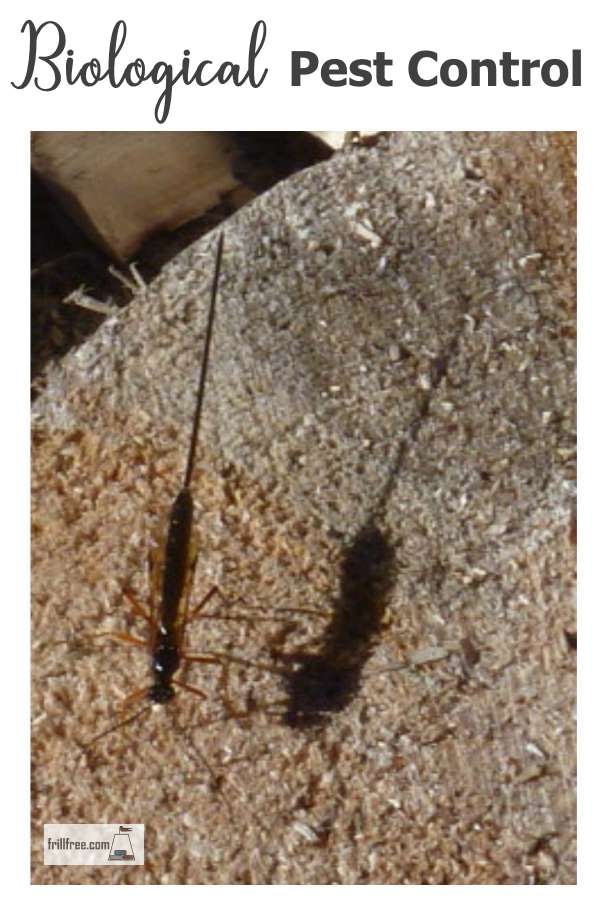- Homesteading
- Poison Free Gardening
- Biological Pest Control
Biological Pest Control
Utilize the Life Forces in your Garden
Watching and observing how Mother Nature deals with pests is so intriguing.
Instead of wholesale decimation of a pest, she provides a banquet of delicious live protein for predators, which are in direct proportion to the pests. Find out more about garden bugs that might be living in your garden right now.
Wasps, predatory insects such as ladybugs, lacewings and praying mantises are produced in exactly the right numbers to deal with the pest, and use the nutrition to raise their own young.
Too few and the pests will increase their populations with devastating results, and too many will mean that there isn’t enough food for all, so many of them will die before they raise their replacements.
Biological pest control can be managed to a degree, but it all depends on monitoring the pest populations.
One crucial aspect of pest management is IPM, or Integrated Pest Management, a system of monitoring for pest populations, assessing damage to plants, anticipating where the life cycle is, and then applying the proper treatment, whether it’s the release of beneficial insects, or some other form of control.
Once a certain tipping point is reached ie; too much damage to the plants, then as gardeners, we can provide some help by introducing biological agents such as predatory insects to take the population of pests back to an acceptable level.
The goal is not to completely eliminate the pest, but to keep it at a low enough level that the plants are not affected.
Keeping the plants healthy with the exact right quantity and quality of nutrients, adequate water and sunlight is essential; it’s been proven that pests can hone in on the distressed plants in a garden – it’s survival of the fittest.
To maintain the populations of beneficial insects so that they’re ready at a moments notice for their role as biological pest control is simple; provide a weedy area with pollen and nectar producing plants where they can find shelter, raise their progeny, and live close by to take action in case of an insect pest problem.
Other biological pest control can take the form of bacteria specifically geared to a certain pest.
I’m not 100% in agreement about using this type of thing in a garden where you’re aiming for a balance of predator and prey, as sometimes it can backfire in the accidental injury or death of beneficial insects.
Larvicide granules put into fish ponds to keep the populations of mosquito larvae down works great, but it also has an adverse affect on dragonfly larvae, which also inhabit the same ecosystem.
Butterflies, which most people want to attract to their garden and plants are also affected by the commonly used BT, or Bacillus thuringiensis.
When it’s applied to members of the cabbage family to kill off the Cabbage White caterpillar that does so much damage, it also kills off many other caterpillars of beneficial butterflies.
Biological pest control, when managed, is the most effective and earth friendly of approaches to take care of pests.
Use the knowledge that your observations reveal about your enemy, and act accordingly.
Some Very Effective Biological Pest Control;
 California Fence Lizard
California Fence Lizard Pacific Tree Frog
Pacific Tree Frog Spotted Salamander
Spotted Salamander












